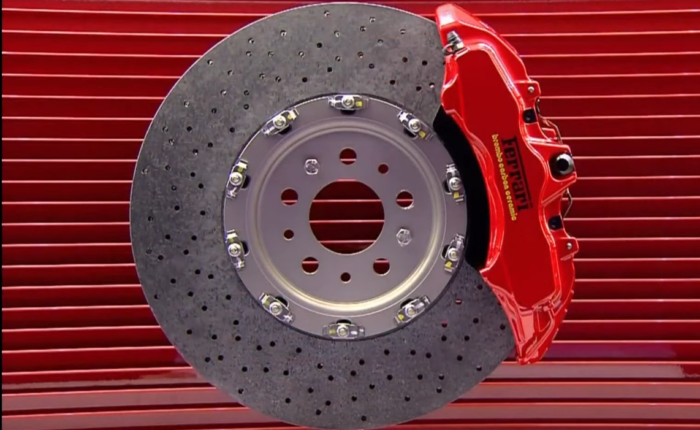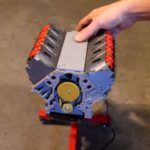Look at supercars and hypercars and you’ll most likely run into ceramic composite materials for their disc brakes. They are chosen because ceramic composite brakes can withstand a lot more heat than their cast iron counterparts. During braking a lot of heat will be generated as the friction material rubs against the rotors, slowing the car down. If the heat doesn’t get dissipated in enough time, a normal cast iron rotor can warp, providing inconsistent braking feel. Ceramic composite rotors on the other hand can withstand temperatures over 1830°F while also weighing a lot less.
Unfortunately, making a ceramic composite disc brake isn’t as straightforward as the traditional cast iron, which explains for their high price premium. There are also downsides to using ceramic composite rotors like their poor performance when cold, and they also produce a terrible squeak at this temperature. These factors make ceramic composite disc brakes only appropriate for track use. Regardless, when combined with extra large calipers and large alloy wheels, these slotted ceramic composite disc brakes look aggressive. And when used properly on the track should shave off a lot of seconds off your lap times.
(Source: YouTube)




Leave a reply